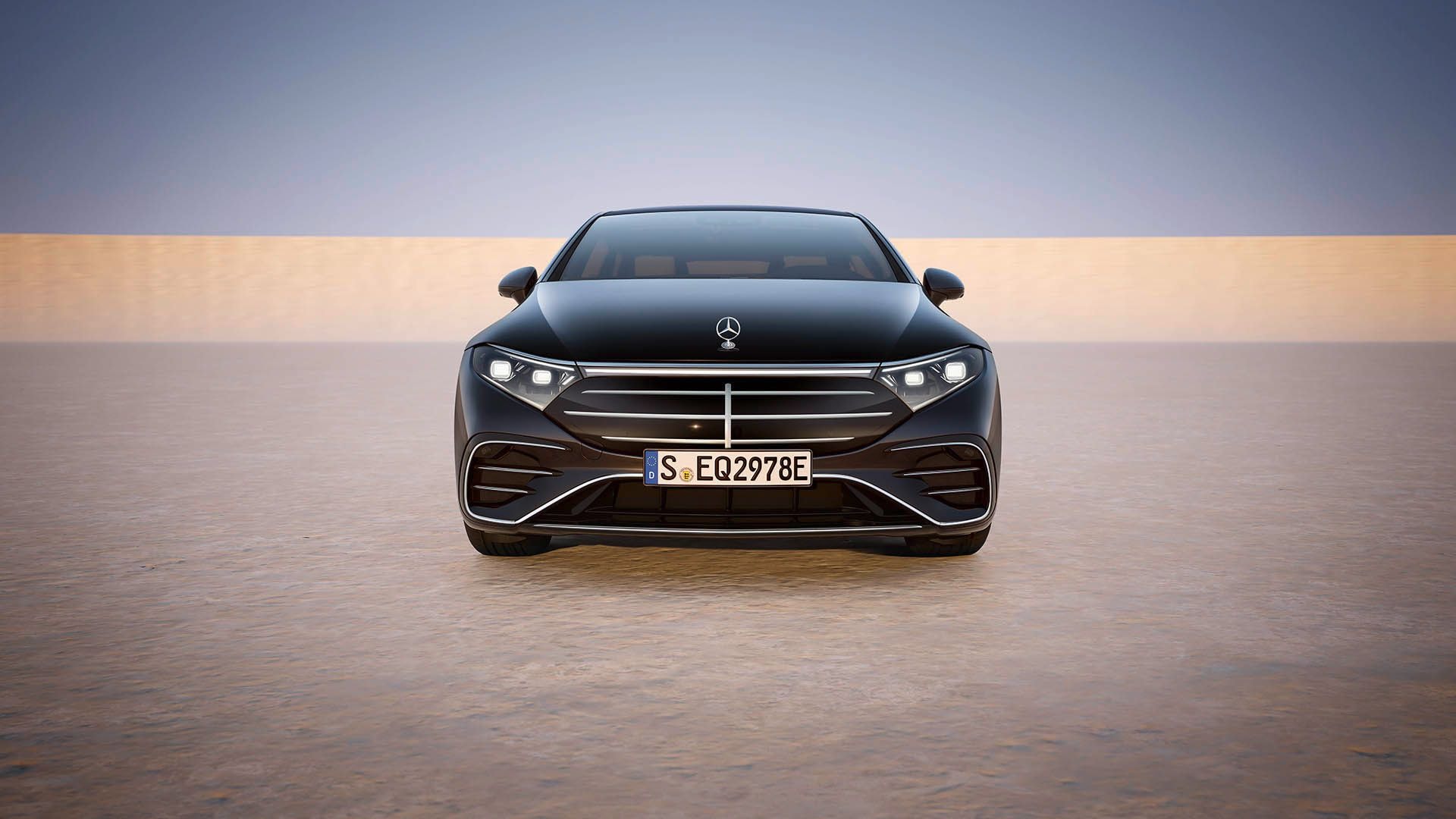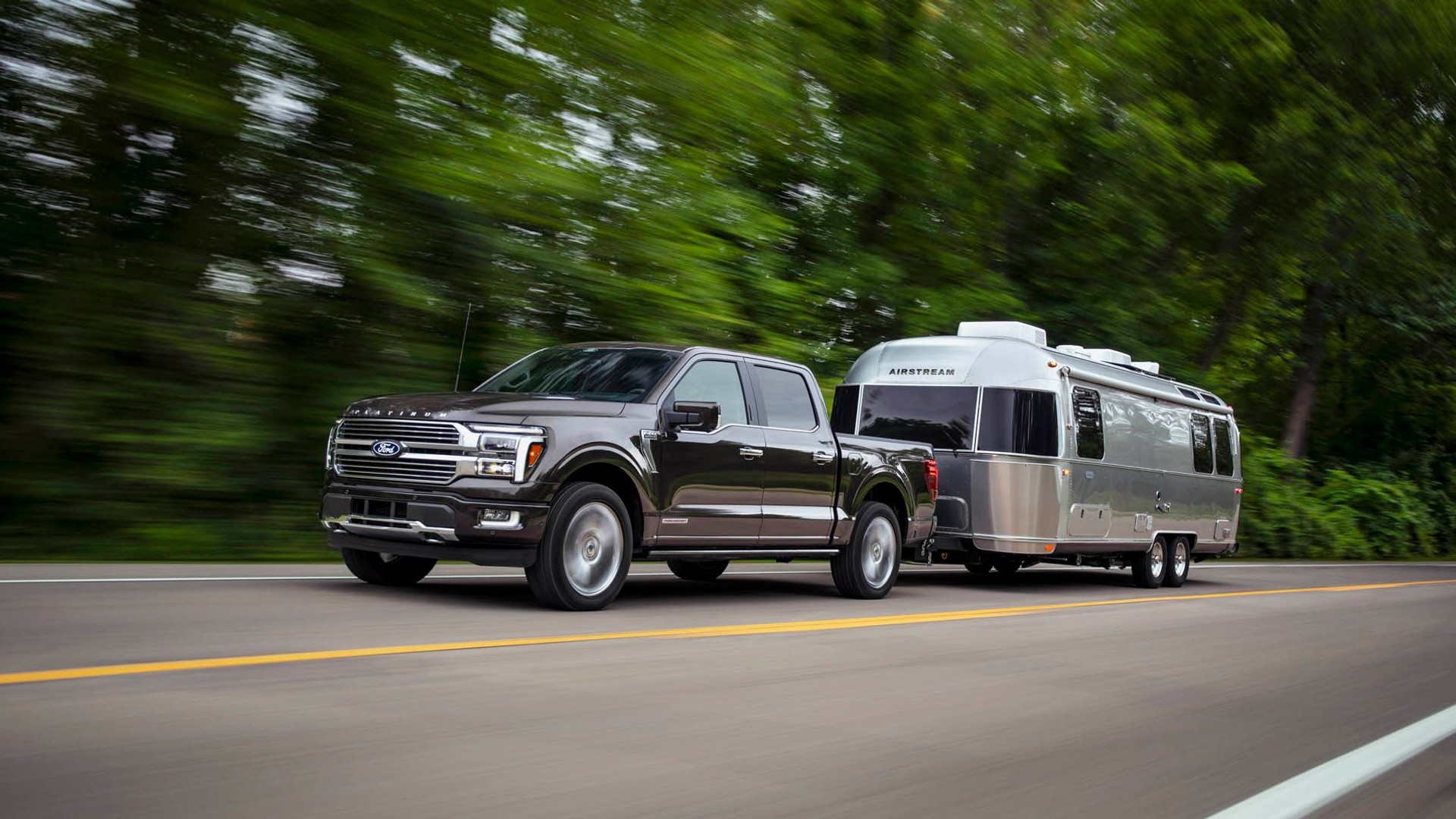Strong sales of electric cars and plug-in hybrids in California seem to have a downside.
According to an analysis by the California New Car Dealers Association, all of those new plug-in cars are replacing traditional hybrids, not conventional cars. So the fuel and emissions savings aren’t what they could be.
Data from the CNCDA’s California Auto Outlook [PDF] in the second quarter of 2018 shows a dramatic dip in the market share of hybrid cars, and a corresponding big rise in both plug-in hybrids and battery electric cars.
According to CNCDA figures, battery electric-car registrations grew from 29,536 in 2014 to 53,500 in 2017, with growth from 1.6 percent of the market then to 3.3 percent now. Plug-in hybrids saw similar growth. Those extra 24,000-plus sales came from somewhere, though.
VOTE HERE: Will electric cars eliminate conventional hybrids from the market? Take our Twitter poll
Hybrid registrations for 2017 were 93,251, down from 116,217 in 2014. That’s a drop of almost 23,000 hybrid sales, from 6.3 percent of the market in 2014 to just four percent now. Year-to-date figures for 2018 suggest the decline is continuing.
Together, all green cars make up 10.2 percent of the California auto market this year.
That begs the obvious question: Are burgeoning electric car sales cannibalizing once-robust purchase of hybrids? Colin McKerracher, head of advanced transport at Bloomberg New Energy Finance thinks so. “PHEVs are eating regular hybrids,” he told Green Tech Media.
In its most recent market report, Hybridcars.com, finds both the Toyota Prius Liftback and the Ford Fusion hybrid down 20 percent year-to-date. Toyota’s RAV4 hybrid was up, probably in part because it’s a newer model. Other refreshed hybrids also showed signs of life, including the Kia Niro and Toyota Camry.

Driving hybrids and electrics in Gran Turismo 5
“There is absolutely a shift happening from hybrids to battery electrics and plug-in hybrids,” said Sam Abuelsamid, senior analyst at Navigant Research. “Our forecast is for hybrids to be relatively flat over the next decade with electric growth mainly coming from plug-in hybrids. The 48-volt mild hybrids will also take a significant chunk of the market over the next decade, although it now looks like it won’t be quite as substantial as we thought a year ago.”
Abuelsamid added that global emission rules are putting automakers “in a tough spot,” because the 48-volt mild hybrids aren’t getting them close to regulated targets.
“They’re switching to more of a plug-in hybrid mix to make up the shortfall,” he said. “In China, the expansion of plug-in hybrid incentives is having a similar effect on three-to-five-year product plans, with OEMs opting for a bigger share of them.”
—By Jim Motavalli












